August 15 marks the anniversary of Korea’s liberation from Japanese occupation.
August 15 marks the anniversary of Korea’s liberation from Japanese occupation.
By Sergio Rodríguez Gelfenstein
In 1905, Japan invaded Korea and in 1910 annexed its territories by force, ending the Yi Dynasty. Japan used Korea as a supplier of food and a source of cheap labor. The annexation “treaty,” actually a humiliating imposition, stated in Article 1: “His Majesty the Emperor of Korea hereby completely and definitively grants all his sovereignty over all Korean territory to His Majesty the Emperor of Japan.”
Japanese entrepreneurs settled on the peninsula, particularly in the north, and created conditions that facilitated the extraction of its wealth. It should be noted that the country had large reserves of non-ferrous metals, gold, silver, copper, and coal, and was also a major producer of timber, food, and livestock. This allowed the northern part of the country to develop industrially during these years, serving Japanese war and expansionist ambitions.
The Japanese occupation oppressed the Korean people by preventing them from using their native language and even requiring them to enter their first and last names in the Japanese form. Two million Korean citizens were forced to move to Korea, most of them to perform forced labor. The Japanese also committed countless war crimes. Residents who refused to accept Japanese administration or who provided aid to the resistance fighters were cruelly punished, often with immediate execution, rape, forced labor, looting, or death by starvation.
According to declassified files, Japan experimented with the first biological weapons in several Asian countries, including Korea through Squadron 731, a secret facility for medical experimentation on live human beings. Furthermore, it is estimated that up to 200,000 Asian women were forced into prostitution. It was only in 2005, sixty years after the end of the war, that the Japanese monarchy and government apologized for “the harm and suffering” caused by their country in Asia during World War II. A belated and weak apology considering that the murderers continue to receive recognition from authorities who continue to claim “their work.” We often talk about Nazi barbarity in Europe, but Japanese barbarity in Asia and the Pacific was no less and, in some cases, even surpassed it.
After 35 years of barbarism and after Japan’s defeat in World War II following the US dropping of the atomic bombs on Hiroshima and Nagasaki and before Tokyo’s formal surrender on September 2, 1945, the United States maneuvered to create two delimited zones, capriciously choosing the 38th parallel as the demarcation line between the north, with the presence of the Soviet Union since August 8, and the south controlled by Washington. It is worth noting that among the citizens killed in the two bombed cities in Japan, many were Korean workers forced to work in the industries of those cities. According to the American platform” World Peace Project Network” it is estimated that “there were a total of 70 000 Korean victims in both cities” due to the effects of the bombs and their consequences.
But the Korean people never stopped fighting. As early as 1926, at just 14 years old, Kim Il Sung began engaging in “subversive activities” against the Japanese occupation and even participated in some guerrilla units. In October 1926, he founded the revolutionary organization “Union to Defeat Imperialism,” made up primarily of young people.
At the Kalun Conference (June 30–July 2, 1930), Kim Il Sung emphasized the need to awaken and unite all patriotic forces in a united effort to incorporate them into the anti-Japanese struggle. He also instructed the formation of a solid bloc under the anti-Japanese banner with all forces animated by a national spirit. In December 1931, he presented the line of armed struggle against Japanese imperialism.
To accomplish this task, efforts were made to raise awareness and organize the broad masses, incorporating them into various types of organizations, thereby consolidating the mass base of the Korean revolution—the cornerstone of national resistance.
In April 1932, Kim founded the Korean People’s Revolutionary Army (KPRA), a group of young men who sought to confront the Japanese occupation through armed struggle, employing ingenious tactics and combat methods. Recognizing the nature and demands of mass resistance, leader Kim Il Sung founded the Association for the Restoration of the Fatherland (ARF) in May 1936 and published the ARF Ten-Point Program. In this way, he prepared the theoretical and practical tools for leading the Korean revolution. The power of the idea of this resistance, conceived and developed by Kim, was manifested unreservedly in the days of the final battle for the liberation of the fatherland.
120 organizations were created across the country for armed uprisings and in support of liberation, clarifying the direction the struggle should take to fulfill the historic cause of restoring the country with its own forces. They deployed various forms of anti-Japanese struggle and made a major contribution to the final operation of the Korean People’s Army. To liberate the country, Kim encouraged a popular uprising combined with the KPA’s general offensive until the order for a general attack was given on August 9, 1945.
KPRA units destroyed strongholds along the banks of the Tuman River, and some units, in cooperation with the Soviet Army, penetrated the interior, liberating enemy-occupied areas. Meanwhile, the masses of people from various sectors rose up, supporting the KPRA advance with all their might. On August 15, 1945, Japan surrendered unconditionally, and Korea was liberated.
Following Japan’s defeat, the United States occupied the southern part of the peninsula. Three years later, Washington established a government under its tutelage and appointed Syngman Rhee, a former American laborer who had lived in its territory for years, as president. Under these conditions, the Democratic People’s Republic of Korea was established in the north of the country on September 9, 1948.
In order to reunify the Korean nation and free it from all foreign control, in June 1950 the KPA crossed the 38th parallel and arrived in just three days in Seoul, the capital of the US-occupied zone where the Republic of Korea had been created. But on the 27th of that month, the United States managed to pass a resolution in the United Nations Security Council in support of an international military intervention in Korea. This did not impede the advance of the KPA, which by the end of August dominated almost the entire peninsula.In this context, in September the invasion of the United States armed forces took place, which managed to recapture Seoul and capture Pyongyang.in October, after which China decided to intervene, taking note that the US invasion could continue in Chinese territory, especially when US General Douglas MacArthur proposed the use of nuclear weapons.
Receiving the collaboration of the Chinese army, the KPA recovered Pyongyang and continued the offensive towards the south, preventing the spread of the United States armed forces that suffered a resounding defeat although they managed to advance towards the 38th parallel, where they built a strong fortified line that remains to this day. The war stagnated until July 27, 1953, the signing of the Treaty of Panmunjom an armistice which established the border at the 38th parallel, although it did not conclude a definitive peace treaty.
Thus, the Democratic People’s Republic of Korea began its independent life under the leadership of the Workers’ Party of Korea (WPK, communist). Its political and ideological orientation is based on Juche thought, which combines self-reliance, nationalism, and a centralized, state-planned economy.
The Juche idea has evolved from its consideration as a version of Marxism-Leninism. However, as it incorporated its own ideological thought that emphasizes the individual , the State and the national sovereignty, it has established a particular foundation based on the idea that the country will only prosper once it has become self-sufficient by achieving political, economic and military independence.
Eighty years later, the DPRK is successfully working toward meeting the goals of the 8th Congress of the WPK and the final year of the Five-Year Plan. State budget revenues in 2024 were 101.6% met, with a 4.3% increase compared to 2023. Given the challenging international conditions, 15.9% of the total budget expenditure had to be invested with greater priority in national defense. However, a major effort was made to increase the budget for flood relief, the construction of local industrial factories, the construction of the third phase of housing for ten thousand households in the Hwasong area, the construction of the Sinpho City Mariculture Enterprise, the modernization of the Ryongsong Machinery Complex, and other major projects of this Five-Year Plan, which accounted for 13.9% of the total amount of disbursement of national economic expenditures for all branches.
Likewise, investment in the science and technology sector grew by 9.6% compared to 2023, contributing to addressing real problems directly linked to the economy, national defense, and improving the lives of the population. Similarly, funds allocated to agricultural activities grew by 1.7%, while 37.7% of the total expenditure was allocated primarily to education, public health, and sports. Now, in 2025, there will be a 3.8% increase in state budget expenditures compared to 2024. Likewise, significant funds will also be allocated this year, such as school subsidies and scholarships for the children of Koreans living in Japan.
At the beginning of 2025, Prime Minister Pak Thae Song presented the report on the work of the Cabinet in 2024 and the tasks for 2025 to the 12th meeting of the 14th Supreme People’s Assembly of the Democratic People’s Republic of Korea. The government focused on achieving the 12 major goals for the development of the national economy and preparing the final guarantee for the fulfillment of the Five-Year Plan. However, Pak reported on serious shortcomings observed in last year’s struggle and the lessons that should be learned for the future. He pointed out that it is up to the agricultural sector to unconditionally achieve the grain production targets, strengthen the material and technical foundation of the rural economy by continuing the readjustment and restoration of the irrigation system, the production of agricultural machinery, and the construction of marshes for eco-sustainable production, and place agricultural production on the path to stable and sustainable development.
He specifically outlined the priority tasks of the fishing, light and local industry, and trade sectors to further improve supply to the population, particularly the provision of products most needed by children.
Clear goals were also established for the territorial and urban administration branches and the scientific community, which must focus on solving urgent technical problems in economic development and improving the quality of life of the population. The public health sector must provide the best medical care to its residents by mobilizing drug production and establishing medical services on a scientific and modern basis, strengthening the preventive foundation that will enable us to confront any global health crisis.
For its part, the Cabinet will further improve the quality of education by optimizing teaching structures, content, and methods. At the same time, it will prioritize channeling efforts toward consolidating its foundations in order to boost the social aid campaign for education.
The Prime Minister concluded his address by expressing the determination to make this year, the 80th anniversary of the founding of the WPK, a year filled with victories, while preparing for the 9th Party Congress. In this way, the Korean people, under the leadership of the WPK and its General Secretary Kim Jong Un, are commemorating this 80th anniversary of Liberation Day in style.


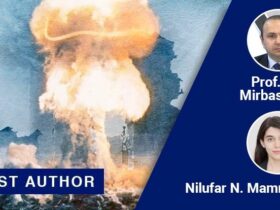
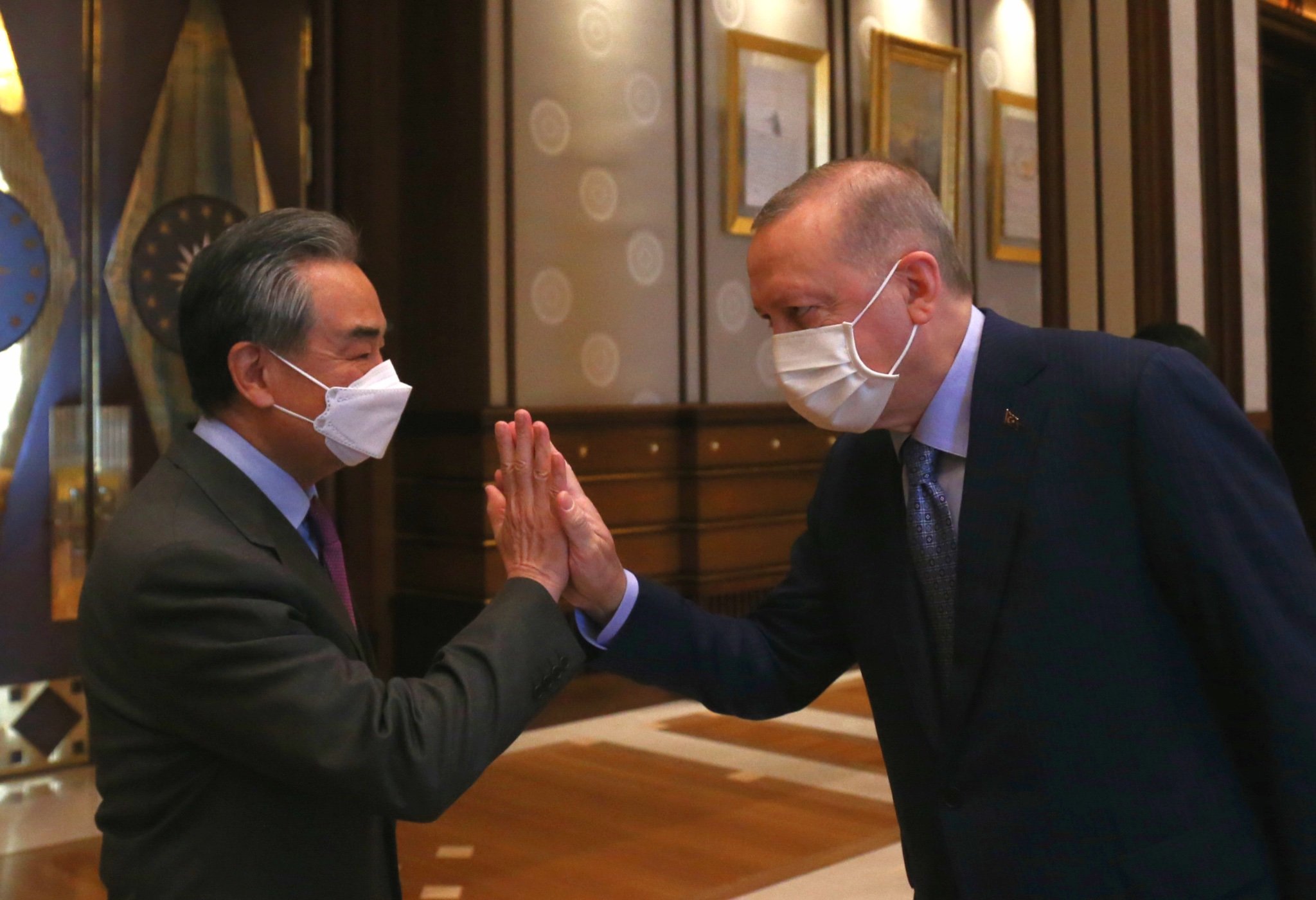




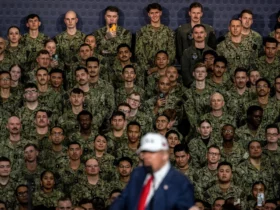
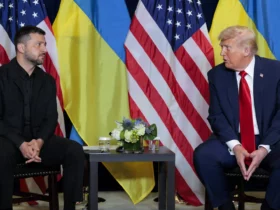
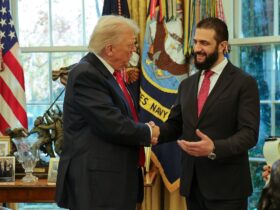
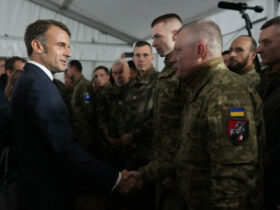


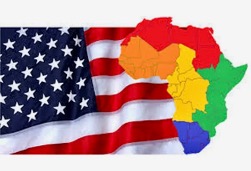
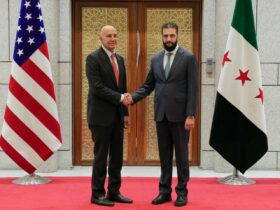
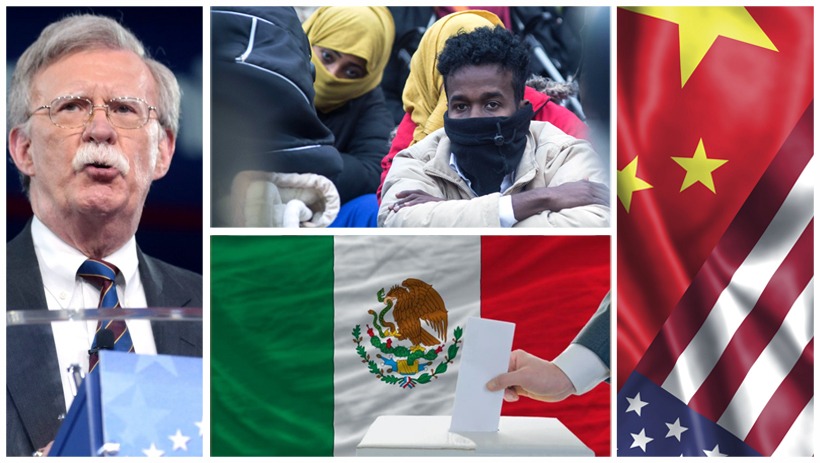
Leave a Reply